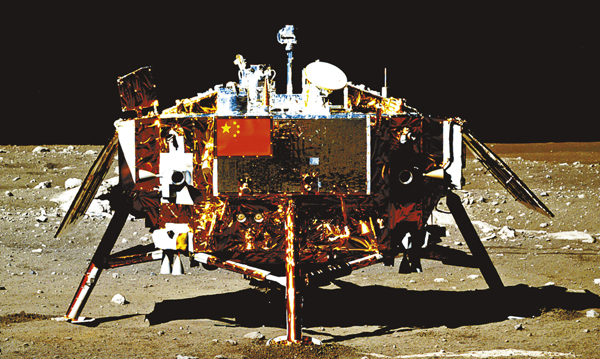

We’ll see you on the dark side of the moon, China.
Reuters reports that China is planning to send its Chang’e-4 lander to the lunar far side in 2018. Previously the country had aimed to get there by 2020.
Although spacecraft have seen the “dark” side of the moon before, we’ve never landed there.
In 2013, China’s Chang’e-3 lander and Yutu rover became the first spacecraft in 37 years to land softly on the surface of the moon. The two spacecraft still seem to be functioning today, but their functions may be limited–the Yutu rover lost mobility within the first few days of landing, and the moon’s frigid temperatures could have wreaked havoc on the probes’ systems over the past two years. Nevertheless, the mission has returned science results, recently announcing the discovery of a new kind of moon rock.
Chang’e-4 will carry a bigger payload than its predecessor. Together the lander and rover will study the geology of the lunar far side.
Missions to the far side of the moon are challenging because it’s colder than the near side, and because radio waves can’t reach there from Earth directly. Relay satellites would be needed to receive signals from Earth and beam them down to the spacecraft on the lunar backside.